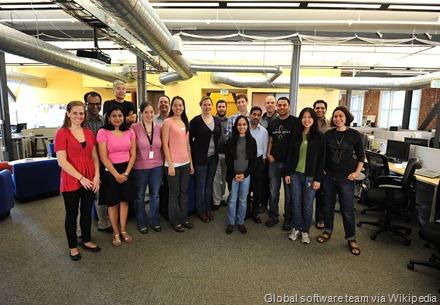 By Ernst Gemassmer, Chairman, Startup Professionals
By Ernst Gemassmer, Chairman, Startup Professionals
With the pervasiveness of the Internet, the world is smaller. The cloud makes software easily accessible, without waiting for CD shipments to arrive and installed. The good news is that the reach of your new software application is instantly worldwide, and the bad news is that most people still prefer to work in their own native language. That means that you need to face the issues of translation and localization sooner rather than later.
The process of localization is still a time consuming, manually intensive, and expensive effort. Localization is not only desirable, but essential to gain and keep market share in specific countries.
In my experience, there are many considerations which are critical to the productivity and success of this effort. These include the following:
-
Plan for international from the beginning. Even though it usually makes sense from a marketing perspective for a startup to stage software rollout to various linguistic groups, it makes no sense to design and implement your application that way. All implementation should be done in Unicode, with user interface, currency, date formats, and database considerations for all the languages required.
-
Begin parallel translation early. It may seem less expensive to wait until all your screen layouts, online help, and written manuals are ‘final’ before arranging for translation, but the reality is just the opposite. Late translation will uncover design issues that are expensive to fix, and the inherent time delays and testing can set back delivery up to six months. Even though this process might require some re-work, a sizeable reduction in localization time can be expected. Note that this will require close and trusted cooperation between engineering/development and each localization group.
-
Optimize the costs of localization. The cost of localization can vary widely, depending on the approach taken. Assuming that your company has an internal localization coordinator, who has personal contacts with localization firms in different countries, the direct cost of localizing into a single language could still be up to $50,000. However, if you utilize an outside firm to handle the entire process, the cost will be significantly higher. My advice is to select and work directly with a localization group in each selected country, avoiding middlemen. It is essential to develop trust between your company and the respective localization group.
-
Prior experience is critical. For a startup, find an international partner, or hire a new team member who has done it before. As your company grows, this person should reside at corporate headquarters and report solid line to the head of international operations. In addition this person should report, dotted line, to product development or engineering. Ensure that the localization person is a good and patient communicator and is fully accepted by the engineering/development group.
-
Measure the return versus the investment. There are literally hundreds of interesting locales in the world for every application, but not every one is a real market opportunity. Do your homework on potential, and then track the results, both with respect to incremental sales, as well as the costs of localization and maintenance.

